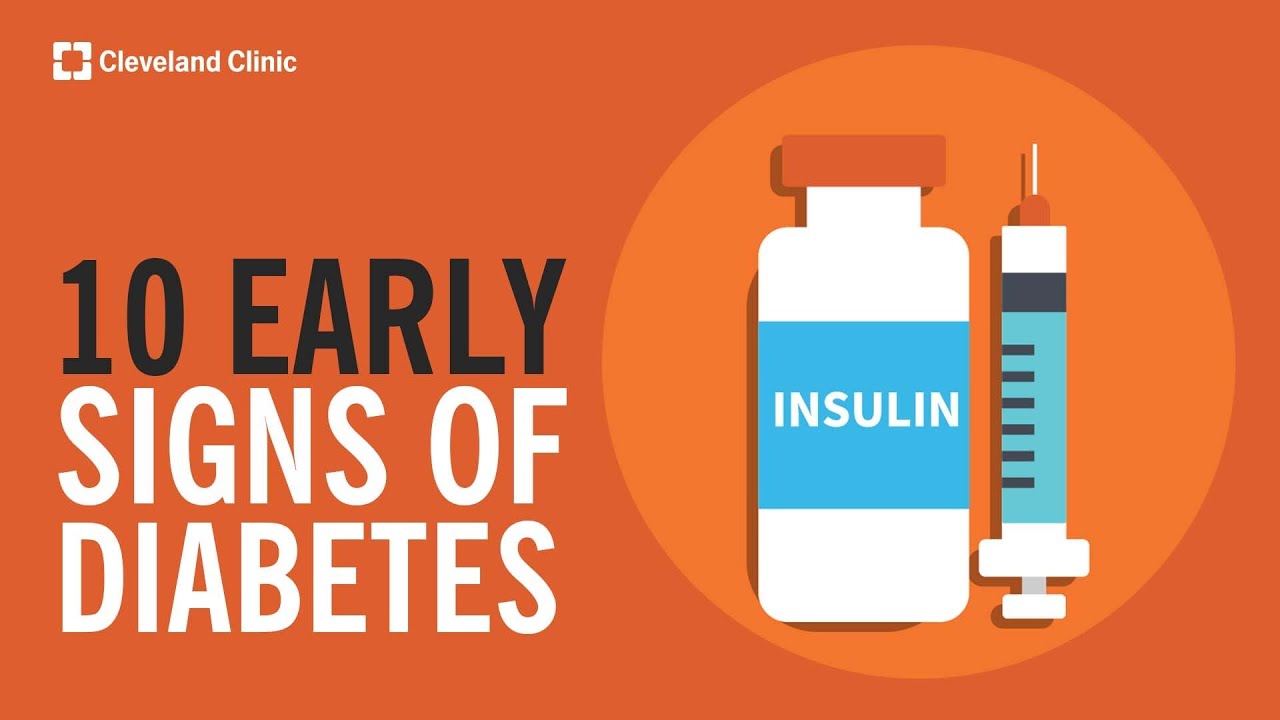The Diabetes Channel
January 18, 2012 • Diabetes, Endocrinology, Family Medicine, Internal Medicine, Nephrology, Reuters Health • The Doctor's Channel Newscast
NEW YORK (Reuters Health) – Fenofibrate is safe to use in patients with type 2 diabetes and moderate renal impairment, researchers conclude in a report online December 30 in Diabetes Care.
Fenofibrate’s propensity to elevate plasma creatinine is “one of the major hindrances to more widespread use,” Dr. Ru-Dee Ting from University of Sydney and Royal Prince Alfred Hospital in New South Wales, Australia, told Reuters Health by email.
He noted that while a modest rise in creatinine “is to be expected in most people prescribed fenofibrate this is not necessarily a cause for concern.”
Dr. Ting thinks fenofibrate therapy “should be considered” in diabetic patients with mild and moderate renal impairment, in light of its benefits on microvascular disease and cardiovascular outcomes.
“The only caveat is that we have not examined those with severe renal impairment so are unable to comment on fenofibrate’s safety in this group,” Dr. Ting said.
Current clinical guidelines regarding fenofibrate dosing in the setting of renal impairment vary between countries, Dr. Ting and colleagues point out in their paper, with some recommending lower doses in patients with even mild renal impairment.
They investigated fenofibrate’s effect on cardiovascular and end-stage renal disease events, according to estimated glomerular filtration rate (eGFR) in 9,795 participants in the Fenofibrate Intervention and Event Lowering in Diabetes (FIELD) Study.
Participants were between 50 and 75 years old, had an eGFR of 30 mL/min/1.73 m2 or higher and were at risk for coronary heart disease. They were randomly allocated to a fixed dose of fenofibrate (200 mg/day) or placebo for five years.
None of the patients were taking statin therapy at study entry, but stain and other lipid lowering medications were allowed at any time after randomization.
Results of the study, reported in 2006, showed no significant benefit from fenofibrate for the primary endpoint of coronary heart disease events; however, the secondary endpoints of cardiovascular disease and nonfatal myocardial infarction were significantly reduced. There were also fewer hospitalizations for acute coronary syndromes and coronary and carotid revascularization procedures with fenofibrate. Fenofibrate also significantly reduced the microvascular complications of type 2 diabetes including nephropathy.
In the new analysis by eGFR, the researchers found that, compared with placebo, treatment with fenofibrate reduced total cardiovascular events (hazard ratio 0.89) and the benefit was not statistically different across eGFR groups examined (normal, mild and moderate renal impairment).
“Furthermore, no particular group was at greater risk of cardiovascular disease, end stage renal disease or a broad range of adverse events due to fenofibrate. In fact, it was the group with the moderate renal impairment that had the greatest independently significant reduction in coronary mortality,” Dr. Ting said.
Based on the FIELD study and other studies, Dr. Ting thinks it “may be time to re-examine and update the guidelines in order to better identify patients likely to benefit from fenofibrate and those at greater risk of associated adverse outcomes.”
“I believe a change in clinical practice is warranted, whereby individuals for whom fenofibrate is indicated but is withheld or dose reduced due to concern about underlying renal impairment can now be considered for normal doses, as would be prescribed to their counterparts with normal kidney function,” Dr. Ting told Reuters Health.
But in an interview with Reuters Health, Dr. Brendan Everett from the Cardiovascular Division at Brigham and Women’s Hospital in Boston, Massachusetts, who was not involved in the FIELD study, said it should be noted that the trial was conducted before statin therapy became widespread.
“In my view – and I suspect the authors of the paper would agree with me – the first therapy for patients with diabetes should be statin therapy with respect to their lipids. We have very good evidence that reduces cardiovascular endpoints – stroke, heart attack, cardiovascular death,” he said.
“The evidence for fibrates is much more mixed and the FIELD trial, for all its strengths, was conducted in an era before we routinely used statins in these patients.”
The question “we all struggle with,” Dr. Everett said, “is what else can we do for our patients? In that sense, I think the paper is very reassuring that you can use fibrates in patients with modest renal impairment without any deleterious effects and that’s a good message.”
SOURCE:
Benefits and Safety of Long-Term Fenofibrate Therapy in People With Type 2 Diabetes and Renal Impairment
Diabetes Care 2012. Published online December 30, 2011.








